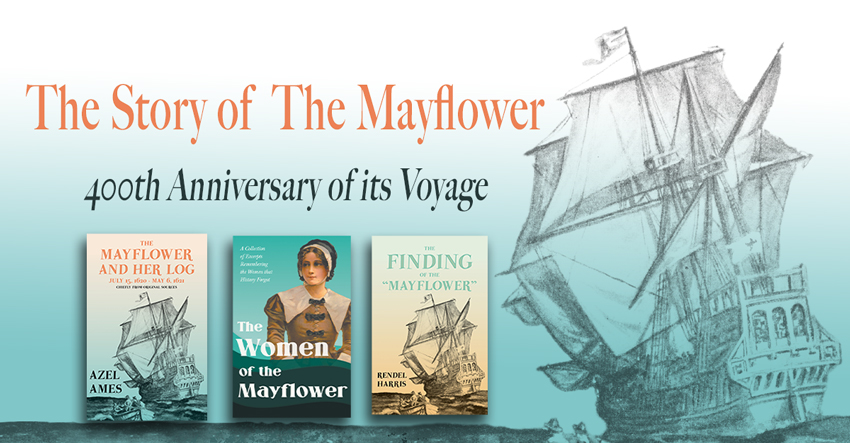Lady Guest’s Mabinogion
£7.99 – £28.99
Lady Guest's Mabinogion
With Essays on Medieval Welsh Myths and Arthurian Legends
A cornerstone of Welsh folklore, this new edition of the Mabinogion...more→£7.99 – £28.99Select options

£7.99 – £28.99Select options